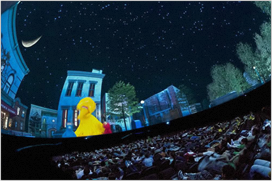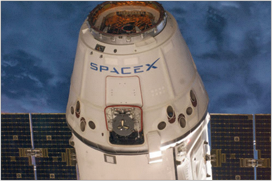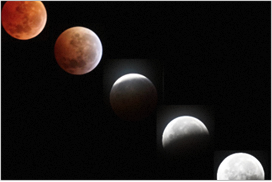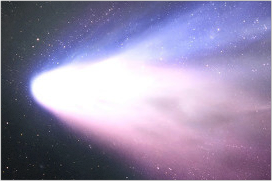
The COSI Planetarium—the largest in Ohio—features state-of-the-art digital technology that offers an unsurpassed glimpse of our incredible universe. The COSI Planetarium’s Digistar 7 projection system and 60-foot dome will transport you to the farthest reaches of the galaxy, to undersea volcanoes and distant lands, and even into the human body. For all who wonder, who question, who dream, your window to the universe is now open at COSI.
The following daily show times for the current planetarium show are:
10:30, 11:15, 12:00, 12:45, 1:30, 2:15, 3:00, 3:45.
Please note that times are subject to change and may differ on holidays or times at which COSI is open for extended hours. Seating is first come, first served.
Download the COSI Science app for up to date showtimes and more!
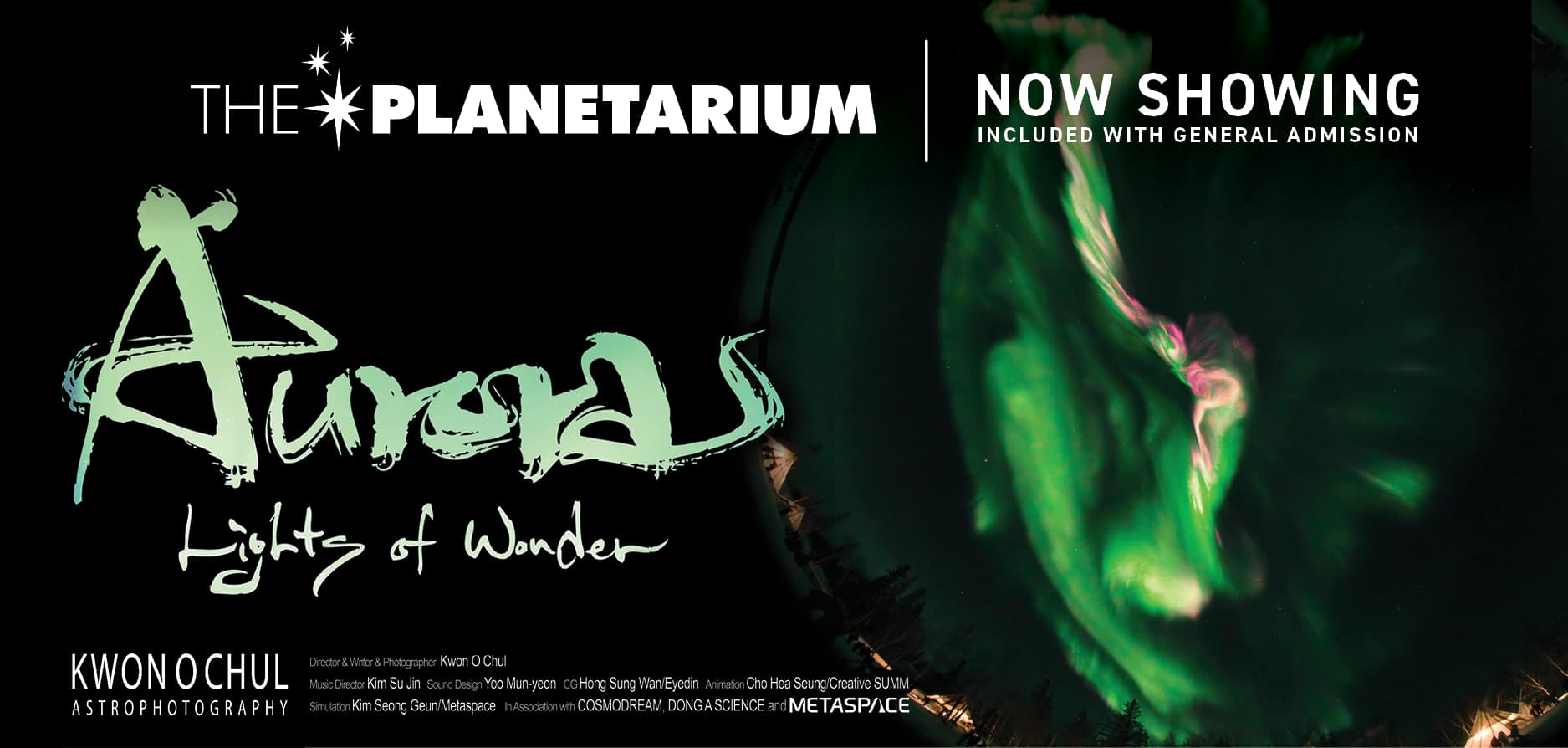
Now Showing: Aurora - Lights of Wonder
Old Stories about Aurora
Some indigenous peoples of North America believed that these glowing veils were the spirits of departed children, ancestors, and warriors. A long time ago, the Finnish people called the northern lights “fox fire”, believing that an arctic fox swept its long tail across the snow, sending streams of sparkling snowflakes up into the sky, creating the northern lights. In medieval times, peasants trembled with fear, believing that the strange light was an omen of war, or perhaps the heavenly glow was a message from God. The great Italian scientist, Galileo Galilei called the mysterious Northern Lights “Aurora”, naming them after the Roman goddess of dawn. According to Roman mythology, at every dawn, before sunrise, the goddess Aurora brings light to the world.
Science of Aurora
The sun sends us more than heat and light. It also sends small charged particles our way. The protective magnetic field around Earth shields us from most of the particles. Some particles move along the magnetic field, toward the Polar regions. When these particles collide with molecules in the upper atmosphere, they release the light of the aurora. Auroras are not unique to Earth. Any planet with an atmosphere may have auroras. The gas giant planet Jupiter has auroras. An ultrasensative navigation camera on NASA’s Juno spacecraft has caught Jupiter’s aurora. Scientists have found that the number of sunspots varies with an approximate 11- year cycle. When solar activity reaches its peak years, the largest numbers of sunspots appear, and sunspot eruptions occur more frequently energizing the most powerful auroral storms of the cycle. NASA scientists discovered how auroral storms develop with a group of five satellites called THEMIS. Their measurements showed that the Earth’s magnetic field lines sometimes snap and reconnect triggering the most colorful Northern light displays.
Assisted listening devices are available for all shows within the Planetarium at no extra cost. A photo ID is necessary to borrow the device. Please request the devices at the Guest Services desk. If you are planning a visit as a group you can make this request in advance.


Host your wedding, party, or private event under swirling galaxies and spectacular starscapes, no matter what the weather outside. The COSI Planetarium is available for weddings, birthday parties, corporate events, and family reunions, and offers customized starshows and seating for over 200 guests. For private rentals, please contact the This email address is being protected from spambots. You need JavaScript enabled to view it.. For birthday parties, please contact the This email address is being protected from spambots. You need JavaScript enabled to view it..

